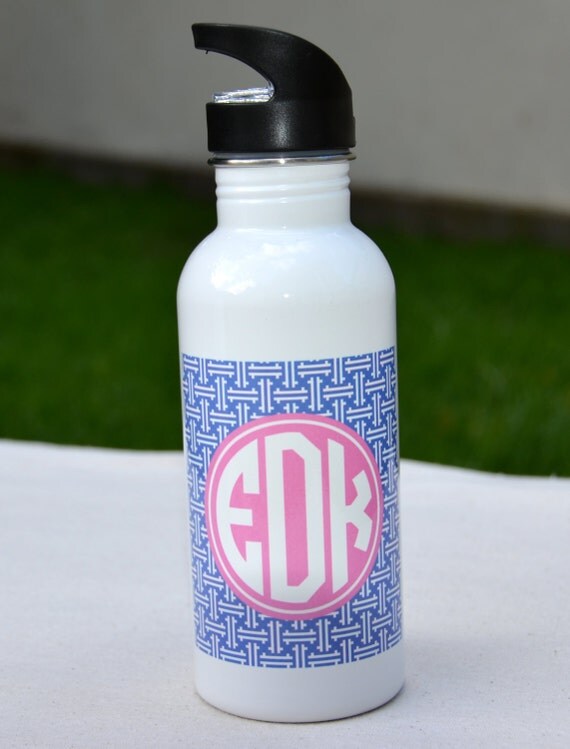

Recycling bin: Bottles destined for recycling are unlikely to end up in the ocean, in their current form, unless they are mismanaged or lost in transit to a processing facility.Once we are finished with it, we have a choice where we leave that bottle: Many of us drink out of plastic bottles several times during an average day, week, or month. For both types of bottles, how they are discarded determines their ultimate resting place and whether they become pollutants of the ocean.Ī single-use plastic water bottle was manufactured, filled with water, and likely transported to a store, where it sat on a shelf waiting for a thirsty purchaser. Refillable bottles can be made of many materials, including plastic, but last much longer than a single-use bottle and can be recycled when they become old or damaged. This type of plastic product is distinct from multi-use plastics, which can also pollute the ocean, but tend to amass less frequently due to their multi-use nature.įor example, refillable bottles can store water in a way that does not produce the repeated waste of a single-use plastic water bottle. Single-use plastics also include plastic packaging, for example of meats and fresh produce, which accounts for almost half of all plastic pollution. Plastic bottles are a single-use plastic, a product designed to be used only once and then discarded. So how did such a promising material become a symbol of human environmental desecration? Yet plastic bottles are one of the most common items within marine debris. “Thanks to plastics, countless lives have been saved in the health sector, the growth of clean energy from wind turbines and solar panels has been greatly facilitated, and safe food storage has been revolutionized,” Solheim wrote in his introduction. In fact, in a United Nations (UN) report on combatting the negative effects of plastics, the head of the UN Environment Programme Erik Solheim made a point to acknowledge that plastic is in fact a “miracle material.” While currently a major culprit in ocean pollution, plastics are not inherently bad for humans or the environment. Plastic is a human-made, synthetic material that was first discovered more than one hundred years ago but did not broadly enter the public sphere until the 1950s. Find one in an image and ask yourself, how did it get there? Identify something you personally have used that may have ended up in the ocean-a water bottle perhaps. To cut through the enormity of the ocean pollution crisis, one approach is to focus on something recognizable within these images of debris.


Approximately half of all plastic pollution is submerged below the ocean surface, much of it in the form of microplastics so small that we may never be able to clean them up completely. Even more alarmingly, what we see in these poignant images is only a portion of the problem.

We have all seen the photos: birds nesting in piles of garbage along the shore, fish fatally caught in discarded netting, and huge mosaics of debris floating in the ocean.


 0 kommentar(er)
0 kommentar(er)
